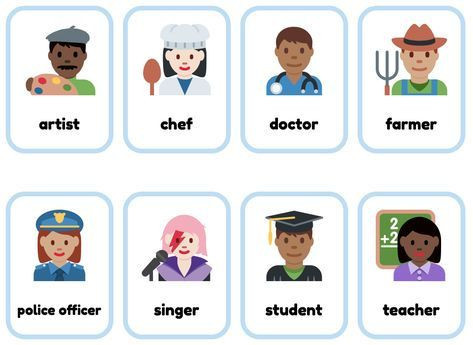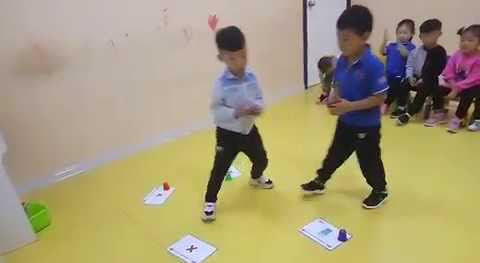Why you should teach your child English at home.
Helping your child learn English at home.
With schools closed due to the Corona virus, parents all over the world are wondering how they can help their children learn English at home. Sure, teachers are teaching online, but as parents, we can do a lot more.
When instructors and parents collaborate, children have a better chance of succeeding in school. Every interaction you have with your child during the day can be used to help them develop their English skills.
Here are some ideas to help home study.
Have fun.
We have a lot of duties as busy parents. It’s all about finding the appropriate balance when it comes to teaching or leading the learning process at home.
Teachers in schools must plan timetables and lessons for the entire class. You have more freedom to focus on your child’s preferred interests and activities when you learn at home. You can consider what will be most beneficial to your child.
Learners of all ages achieve more when they enjoy and find their work engaging and meaningful. Don’t be frightened to have a good time!
Try new things.
There are a lot of online resources to help, so do not be scared to try different things. You have English learning apps, websites, English rhymes, and songs to name a few. To find out how your child likes to learn and what things do they enjoy.
Children’s picture books
For young children learning English, this method can open them to a whole new realm of learning. It can be difficult to select the correct books, but it is critical to recognize the advantages of having this one-on-one relationship with your child.
Picture books give parents and children a compelling incentive to change from their native language to English. The predefined text of a picture book is a very valuable prop for parents who perform poorly in English.
Flashcards.

Flashcards can be a very useful tool. Especially for the beginner or younger learner. Teaching individual worlds is an important part of the learning process and flashcards provide pictures along with the words and pictures.
Rather than a boring home lesson you can make it fun by turning learning into a game. For example, You can buy 2 sets of the same flashcards and play a memory-based game.
Place the flashcards face down and your child has to remember where the 2 that are the same were placed. Laugh and learn will also instill a desire from your child to learn.
==> Using flashcards to teach English <==
Rhymes and songs
Repeating rhymes and songs is a fun method of learning new vocabulary in English. You can create a collection of songs that your child can listen to over and over to become comfortable with keywords.
==> Rhymes and songs to learn English <==
Apps that help your child learn English
Improve your child’s English skills with these entertaining and educational applications! These games, podcasts, videos, and quizzes are designed for kids of all ages and will help them learn English at home or on the go. You can learn more about them by clicking here.
==> Apps for children to learn English <==
Comics, TV, and video games.
Who doesn’t love cartoons, comics, and playing online games.? Okay, not everyone. But a lot of children do. And if you can get your child to read comics, watch cartoons and play games in English, they will learn faster.
Find what they enjoy doing and try to get them to do it in English. The cartoon network in English is a great tool for home learning.
Word searches and other games

Word searches can be a great tool as long as they are not overused. They can be used as a reward for a lesson well done.
However, as a stand-alone tool, it is questionable. It certainly helps with word recognition if used in the right way. Find a word search that relates to the topic you are teaching and the words you have taught.
There are online word search makers that you can use to specifically target the words taught in your childs lesson.
Things to think about.
What does your child like to do in his or her spare time? Drawing? going outside to play? comics? Do they enjoy reading stories? Dancing? indoor games or puzzles?
Make an effort to engage in some of their favorite activities in English.
Is your child more active at different times of the day? Do they like the mornings or the afternoons? What do they do after learning? Do they want something to eat? Choose the perfect moment to tackle the most difficult tasks!
What is your child’s preferred method of absorbing information? Is it possible to teach off-the-cuff during these times? Make a list of what works best for them.
Do you want your child to be able to make their own decisions about their education? Or do they prefer to make decisions with you? Always remember to ask them for their opinions and to encourage them as they build their own study skills.
Can I help if I don’t speak English?
Yes! Encouragement and praise are the finest ways to provide the best support for your child. This boosts your child’s self-esteem and belief in their own abilities.
Encourage children when they take charge of their own education and congratulate them on their efforts
You could even give your youngster the task of teaching English to a member of your family. Did you know that one of the most effective methods to learn is to teach someone else? You could even ask that they teach you.
Conclusion.
Whatever you do, make it fun. Your child will love you all the more for you taking the time out of your day to spend with them.
To develop the love of learning in your child will mean they will want to learn and they will increase any learning skill quicker.
Remember the first skill in learning any language is the listening skill, so the more they listen to English, the faster they will learn.
And be patient, learning anything takes time. And learning a language is one of the most difficult things to do. But small steps now will lead to big leaps in the future.
Who am I?
I am an EFL ( English as a Foreign Language ) teacher who owns a school in Vietnam. I have been here for 15 years and experienced most teaching situations.
From teaching in state schools with 50 plus students to a class to one on one private lessons. I have taught in English centers both good and bad, and the bad decided me to open my own school.
You can check out my school in Vietnam below by hitting on the YouTube button.
My school in Vietnam
Any or all links on this site may be affiliate links, and if you purchase something through those links I will make a small commission on them.
There will be no extra cost to you and at times due to my affiliation, you could actually save money.
You can read our full affiliate disclosure here.













